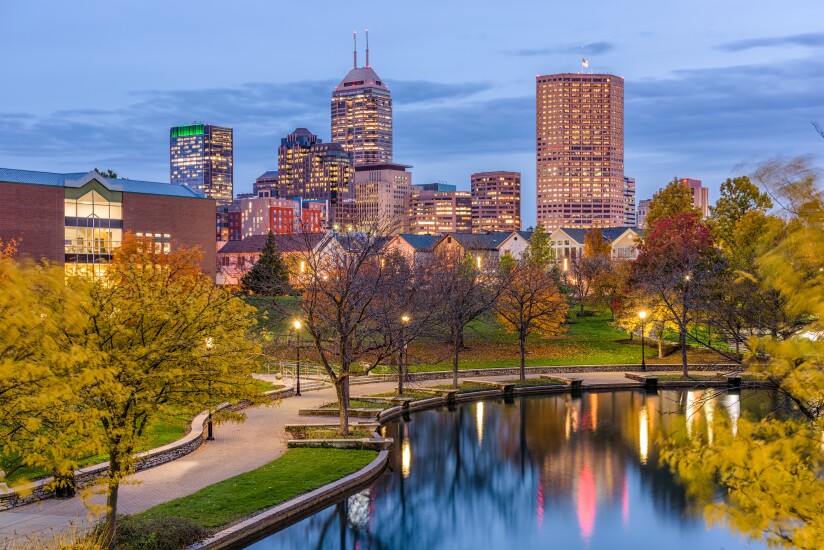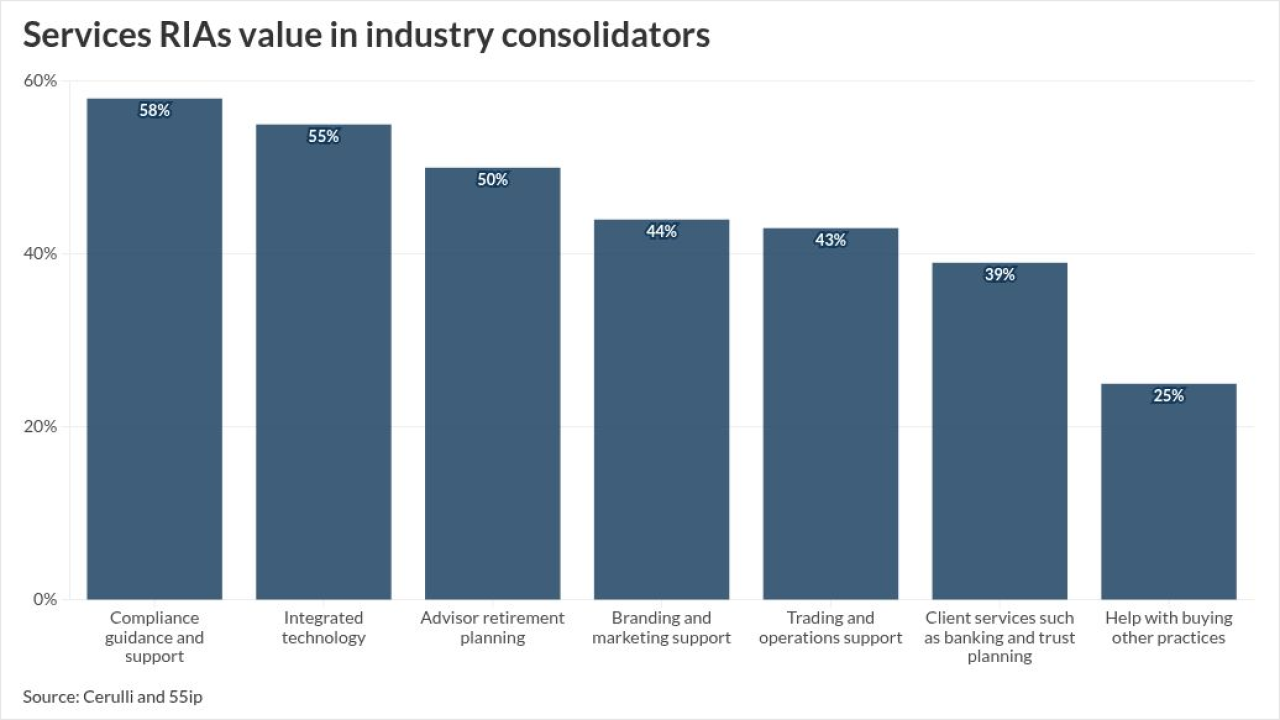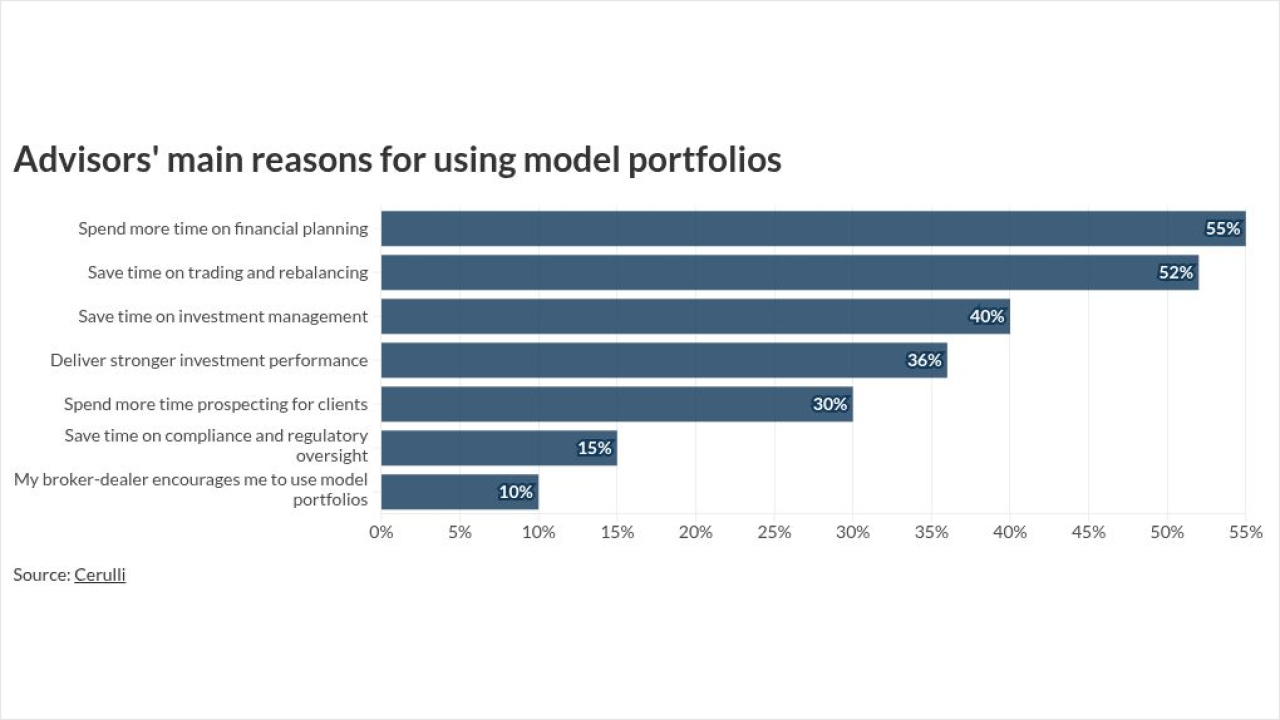
While many distressed single-family properties were snapped up by investors during the housing crisis, only 2% of the more than 15 million single-family rentals on the market belong to large investment firms, while almost half, or 45%, belong to landlords owning just one unit, which could signify that homeowners are holding on to their homes, RentCafe said.
With home values growing and mortgage rates at historic lows, move-up homebuyers may find it appealing to become landlords as costs to rent are rising, meaning homeowners are able to maintain the mortgage on their original house while perhaps making a profit.
As financial advisors guide clients through their real estate purchases these trends are relevant as clients consider the timing of their acquisitions.
And with many would-be homeowners resorting to renting single-family homes due to challenges with affordability and tight inventory, single-family rental demand is especially high, which keeps the rent that landlords can charge high.
From 2007 to 2016, single-family rentals increased more than double the rate of multifamily rentals; single-family rentals rose 31%, or 3.6 million units, while multifamily rentals increased only 14%, or 3.2 million units.
Though mostly common in suburban areas, single-family rentals have strengthened in some of the nation's largest urban markets. In Phoenix, for example, the share of single-family rentals grew 77% between 2007 and 2016, the largest growth among large cities of that time period.
Here's a look at the top 12 cities where single-family rentals are growing faster than apartment rentals. RentCafe compiled the ranking based on data from the Census Bureau.

No. 12: Houston
New single-family rental units: 28,800 (39%)
Multifamily rental units: 387,500
New multifamily rental units: 71,600 (23%)
Population: 2,304,400

No. 11: Memphis, Tennessee
New single-family rental units: 17,400 (41%)
Multifamily rental units: 82,800
New multifamily rental units: 8,500 (11%)
Population: 652,800

No. 10: Chicago
New single-family rental units: 17,600 (41%)
Multifamily rental units: 531,800
New multifamily rental units: 62,600 (13%)
Population: 2,705,000

No. 9: Las Vegas
New single-family rental units: 13,000 (42%)
Multifamily rental units: 60,900
New multifamily rental units: 3,700 (6%)
Population: 632,900

No. 8: Nashville
New single-family rental units: 11,000 (47%)
Multifamily rental units: 91,700
New multifamily rental units: 20,000 (28%)
Population: 660,400

No. 7: Indianapolis
New single-family rental units: 20,000 (48%)
Multifamily rental units: 95,600
New multifamily rental units: 11,900 (14%)
Population: 852,500

No. 6: El Paso, Texas
New single-family rental units: 12,100 (51%)
Multifamily rental units: 56,200
New multifamily rental units: 6,700 (14%)
Population: 683,100

No. 5: Charlotte, North Carolina
New single-family rental units: 18,200 (55%)
Multifamily rental units: 98,800
New multifamily rental units: 22,100 (29%)
Population: 842,000

No. 4: Austin, Texas
New single-family rental units: 17,900 (55%)
Multifamily rental units: 152,100
New multifamily rental units: 21,700 (17%)
Population: 947,900

No. 3: Fort Worth, Texas
New single-family rental units: 20,000 (60%)
Multifamily rental units: 67,700
New multifamily rental units: 9,700 (17%)
Population: 855,900

No. 2: Boston
New single-family rental units: 5,200 (63%)
Multifamily rental units: 160,100
New multifamily rental units: 27,100 (20%)
Population: 672,800

No. 1: Phoenix
New single-family rental units: 43,800 (77%)
Multifamily rental units: 154,100
New multifamily rental units: 26,500 (21%)
Population: 1,615,000





